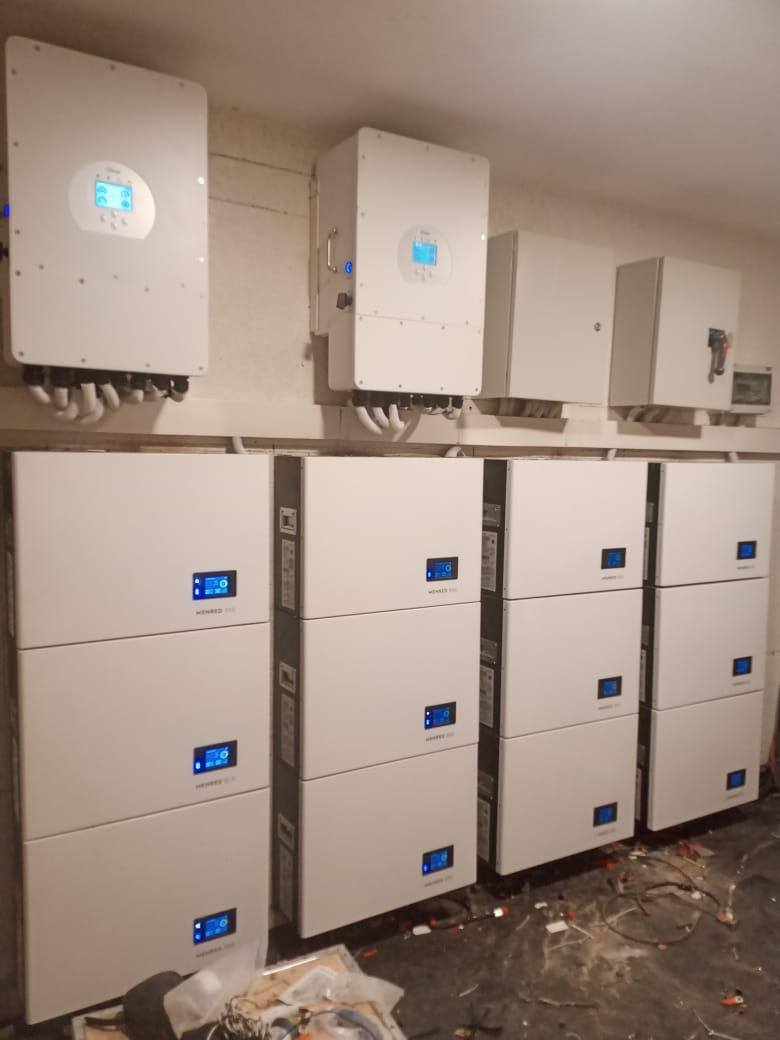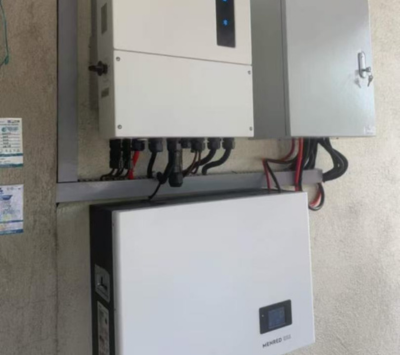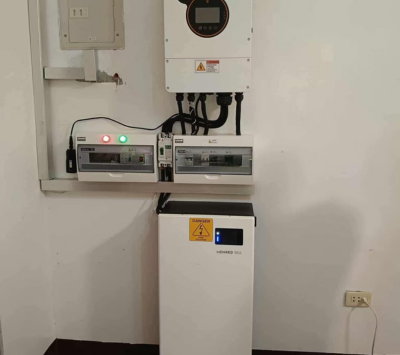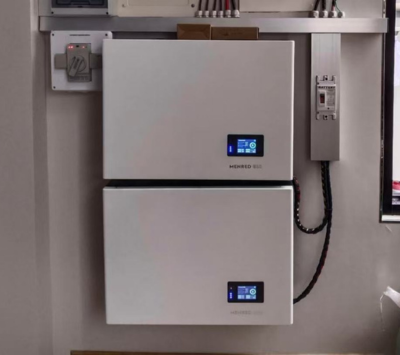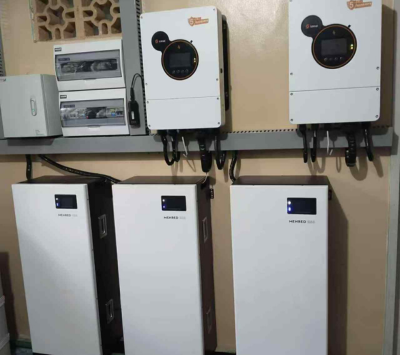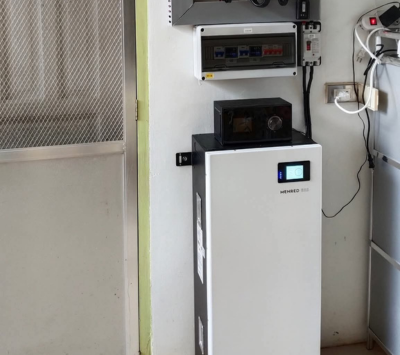For applications demanding significant and sustained energy reserves, particularly in large residential or commercial settings, a modular approach to energy storage is highly effective. This overview examines the technical framework for a 73kWh solar batteries pack, achieved through the parallel integration of twelve Menred LFP.6144.W battery modules, managed by two Deye hybrid inverters. This configuration is designed to provide substantial power capacity and operational resilience.
System Architecture and Component Integration:
The foundation of this energy storage solution is the Menred LFP.6144.W module. Each unit possesses an energy capacity of 6.144kWh. To achieve the target 73kWh solar batteries pack, twelve of these modules are connected in parallel. This arrangement leverages the inherent scalability of the Menred LFP.6144.W design, effectively aggregating their individual capacities into a total usable energy storage of approximately 73.7kWh. The selection of LiFePO4 (Lithium Iron Phosphate) chemistry for these modules is critical, offering a strong balance of safety, thermal stability, and a long cycle life (rated at ≥6000 cycles at 0.5C and 25°C), which translates to long-term system viability.
The system’s energy conversion and bidirectional power flow management are handled by two Deye hybrid inverters. These inverters are responsible for converting DC power from the battery bank and solar array into AC power for consumption, and vice versa for charging. Their hybrid functionality is key to optimizing energy usage, prioritizing solar power, managing battery charge and discharge, and providing seamless grid interaction or backup power. The parallel connection of inverters in this setup also enhances overall system power output and redundancy.
Integration Outcome and Technical Considerations:
The successful integration of twelve Menred LFP.6144.W modules with Deye hybrid inverters results in a high-capacity, reliable 73kWh solar batteries pack. This configuration addresses the energy needs of larger consumers by providing a substantial energy reserve that can be discharged over extended periods or at higher power rates. The technical design emphasizes component compatibility and the robust performance characteristics of LiFePO4 technology, ensuring a stable and efficient energy storage solution.
